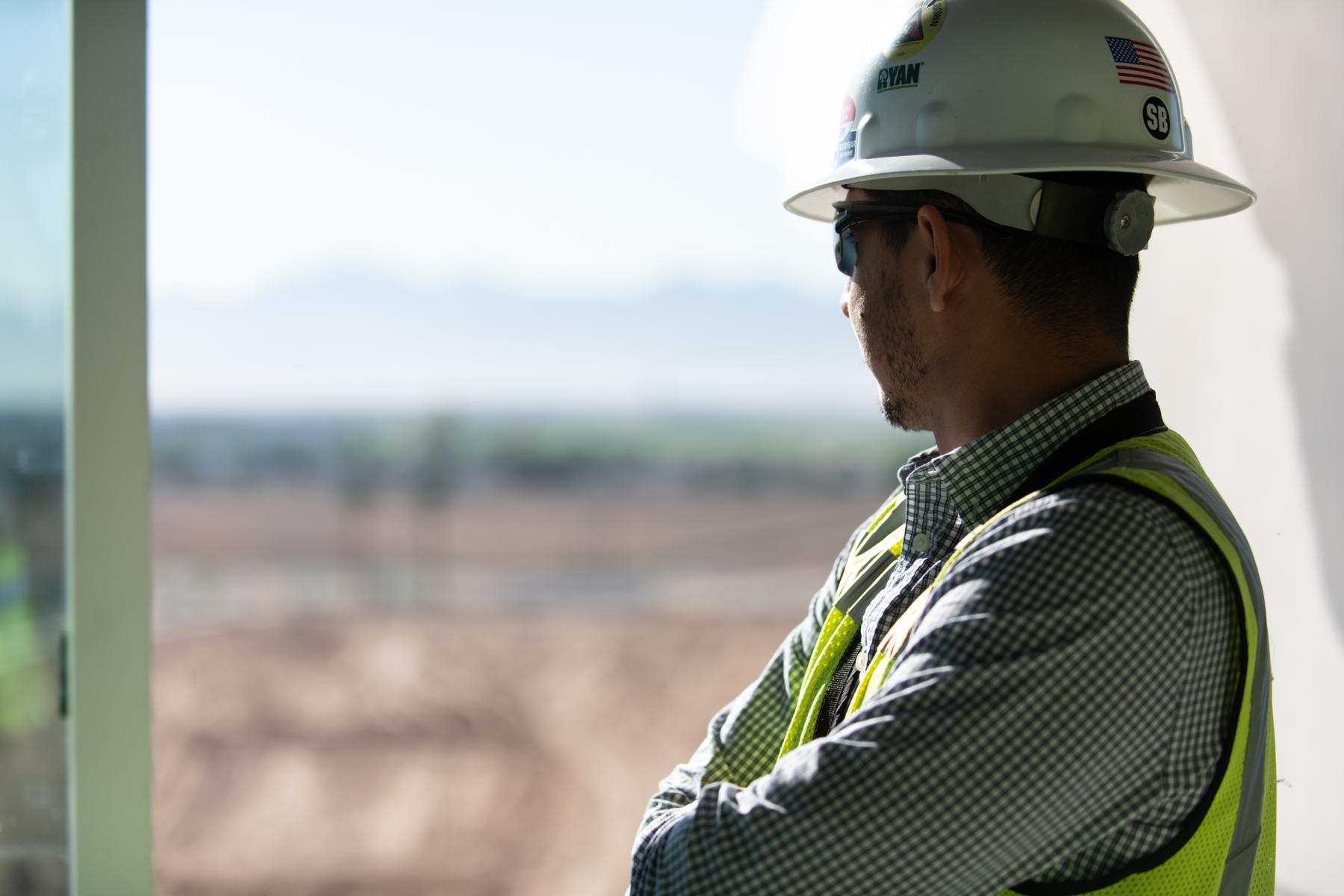The One Thing to Understand About Industrial Land Acquisition and Site Selection

Find the perfect site, find the perfect customer who wants to locate there, prepare the site, get the financing, build the building, and fill it with employees. What could be simpler than this? In truth, none of these steps are simple. But it does begin with finding the right site.
We have a little joke about this as we often remind each other that there’s no land in Aisle Four. There’s no central repository of sites in which you plug in your location, building square footage and desired nearby amenities. And by the way, make sure it’s free of contamination, wetlands, neighborhood opposition and protected wildlife. That database doesn’t exist, nor is that information readily available, which makes every potential site a box of surprises for the developer to unwrap. While that may seem daunting—and it can be—it means land acquisition is less about selecting the right site from a large and varied pool, and more about employing skill and experience to adapt and work with what you’ve got.
It starts with relationships. Relationships with land brokers, relationships with landowners, relationships with city officials, economic development, and community members. The development of a site into a build-to-suit project involves a large web of individuals, and success in finding, acquiring, and developing a site requires these relationships be grounded in trust, goodwill, and a mutual desire to move the project forward. And just because a site isn’t available today, doesn’t mean it won’t be tomorrow. Know your market, know your targeted areas, and then get ready to cultivate the relationships that lead to the acquisition of the right site.
Prioritize labor. There is no issue that is more pressing to a company pursuing a new facility than the availability of the right kind of labor. Site selection is about more than understanding the land and the type of building that may be built on top of it. It’s about understanding the people that live around that facility, the types of skills they may bring, and what it may take to interest them in an offer of employment. Demographics and projected growth patterns are key considerations for both the developer and the end user. Where is the demand? Where are people going and what are they going to need? What types of jobs are they looking for?
Dig deep to understand all environmental concerns of the site, including soil characteristics and quality. Despite a developer’s best efforts to put the right site under contract, there will be issues. The due diligence period is the time to pull back the hood and start digging in, both literally and figuratively. This work will involve geotechnical assessments, environmental assessments, wetland and wildlife studies, conversations with utilities providers, discussions with the municipality regarding future plans, and exploration of incentives that may be available.
Get clear on the entitlement timeline. If the municipality is historically slow with approvals, or the site will require a rezone or wetlands delineation, or the decision to approve requires public notification—any of these can massively impact the schedule for launch. The developer needs to have a clear, upfront understanding of the entitlement schedule and what it will take to close on the land. And he or she must communicate this clearly to the occupier to make sure schedules align. In certain cases, entitlements are a multi-year process which will not work for a customer looking to commence operations in time for, say, next year’s holiday season.
Know when to walk away. Our developers and land acquisition experts will find almost any way to make a site work if it seems like the right fit for the customer. However, in certain cases, it makes sense to move on. While most environmental issues are surmountable, the cost of remediating them may not be an appropriate use of funds. In other cases, strong opposition from neighbors or the city may impede the chances of the project being approved or the occupier welcomed into the community. Development, and the use of land, takes persistence and the determination to work with challenges, but it also requires the wisdom to move on when the conditions of the site or the climate of the community don’t match the vision of the client.
So, what’s the one thing to know? There’s no land in Aisle Four. There is rarely a perfect site. There is rarely a perfect development process. Instead, there are generally accepted guidelines which most sites and most projects won’t follow. How do you solve this dilemma? These guidelines must be paired with the knowledge, experience, and savviness of the developer in navigating challenges, solving problems, gaining consensus, and creating acceptable solutions for all stakeholders. We bring a comprehensive approach to build-to-suit development and site selection, leveraging the strengths and knowledge of each of our service lines to create real estate solutions that meet the needs of today’s corporate users.
CONNECT WITH US
Contact Casey for your build-to-suit needs
Casey Hankinson
Executive Vice President, National Build-to-Suit
Minnesota - Minneapolis 612-492-4817 casey.hankinson@ryancompanies.com- Email: ryan.pr@ryancompanies.com
- Phone: 612-492-4160